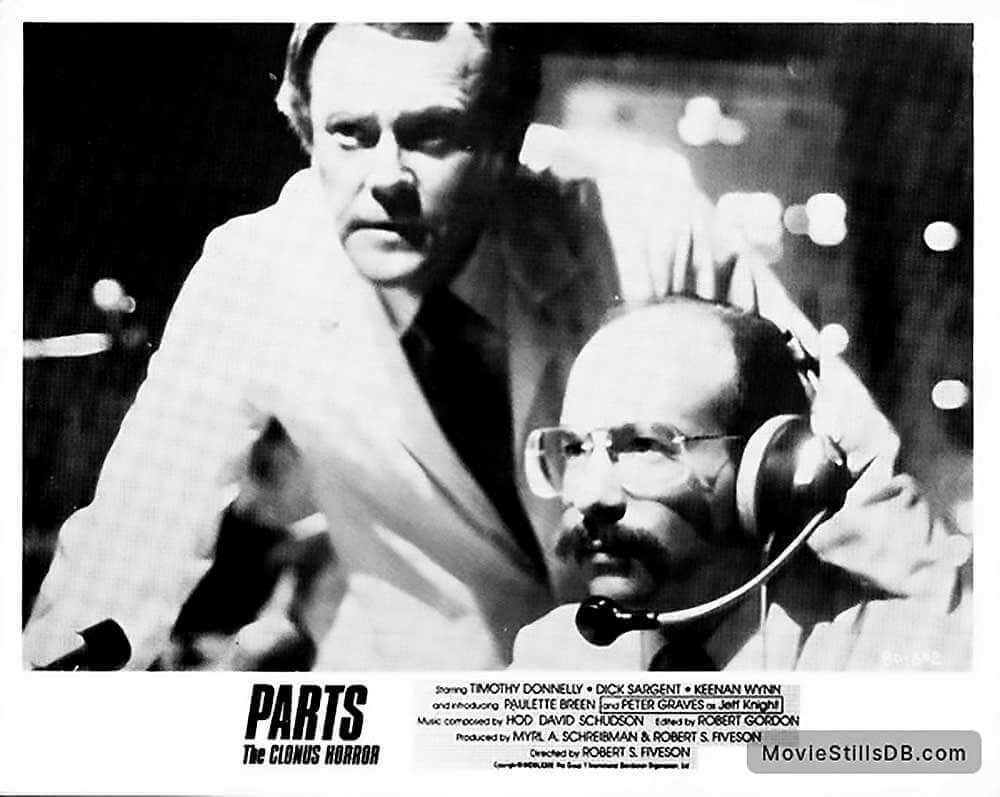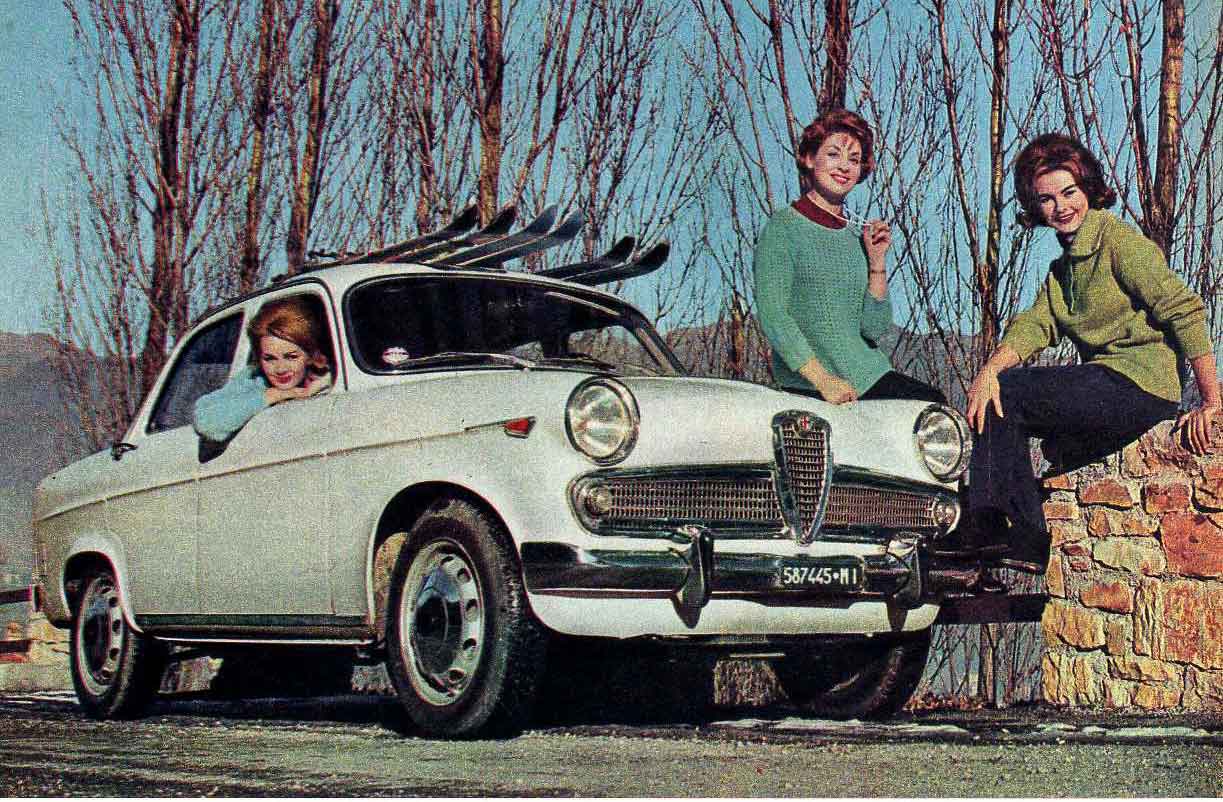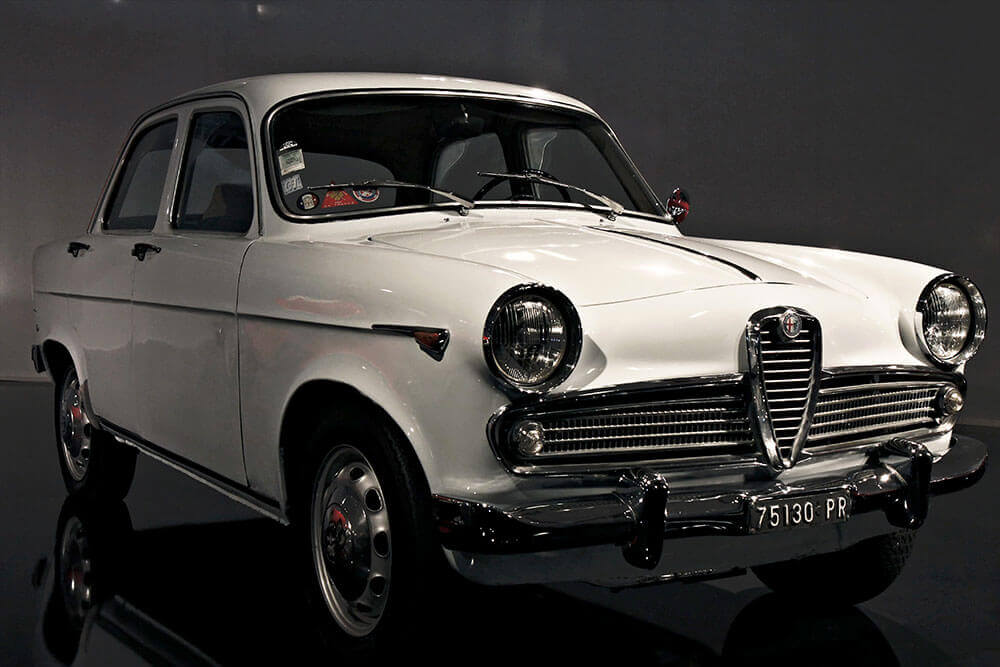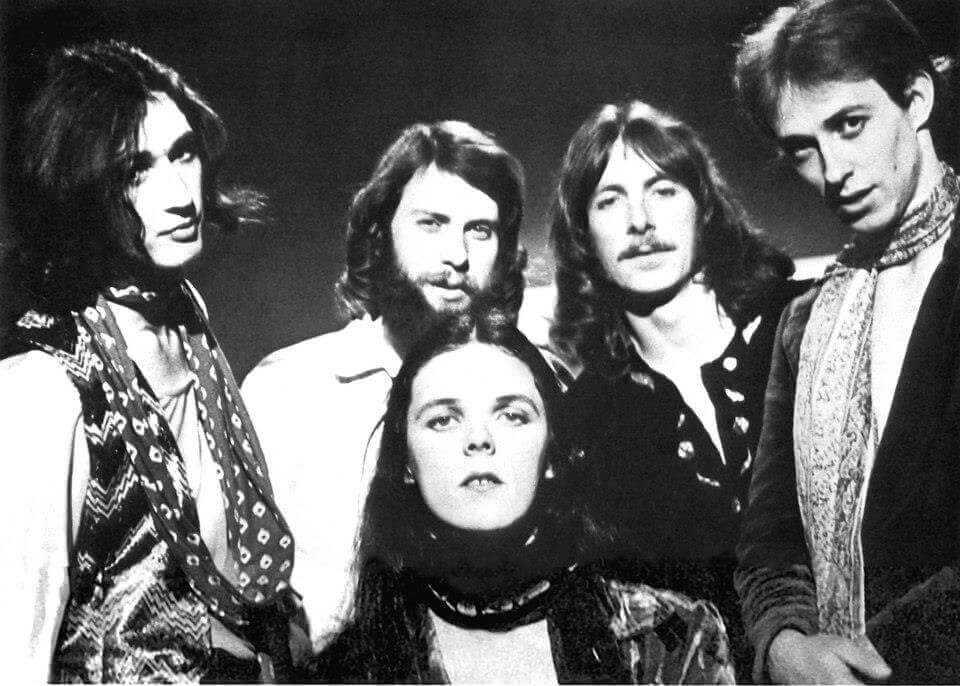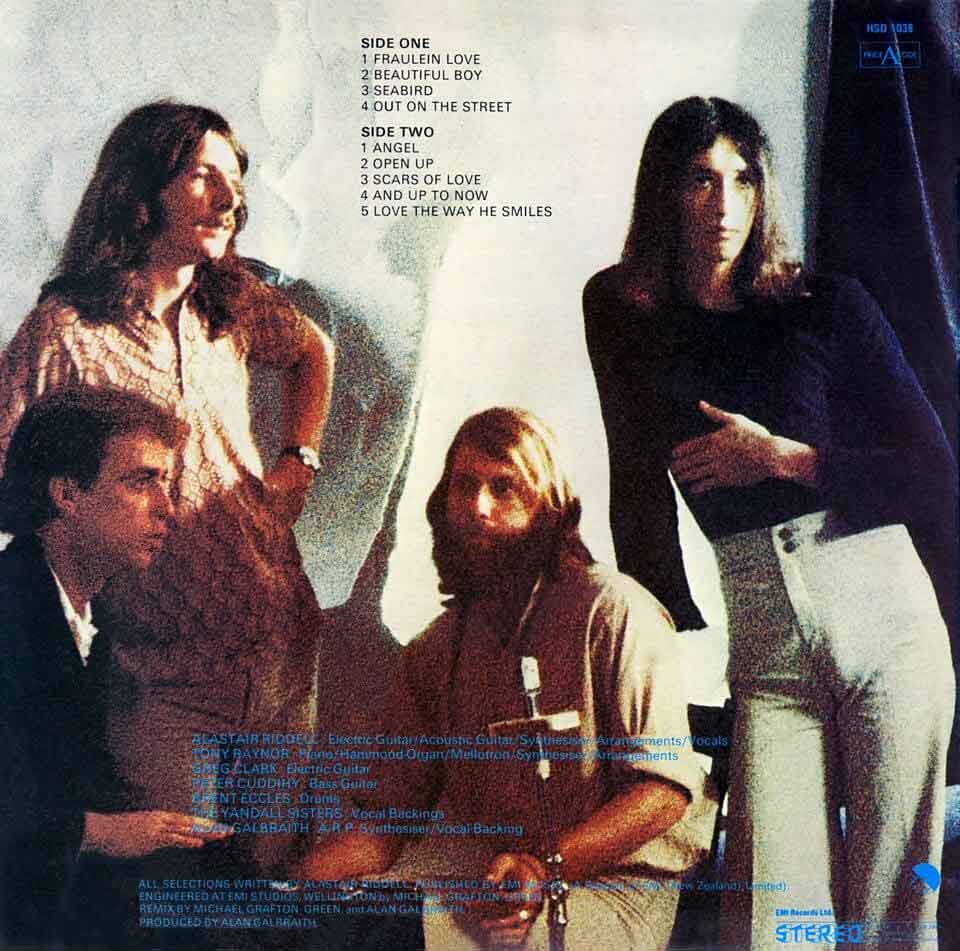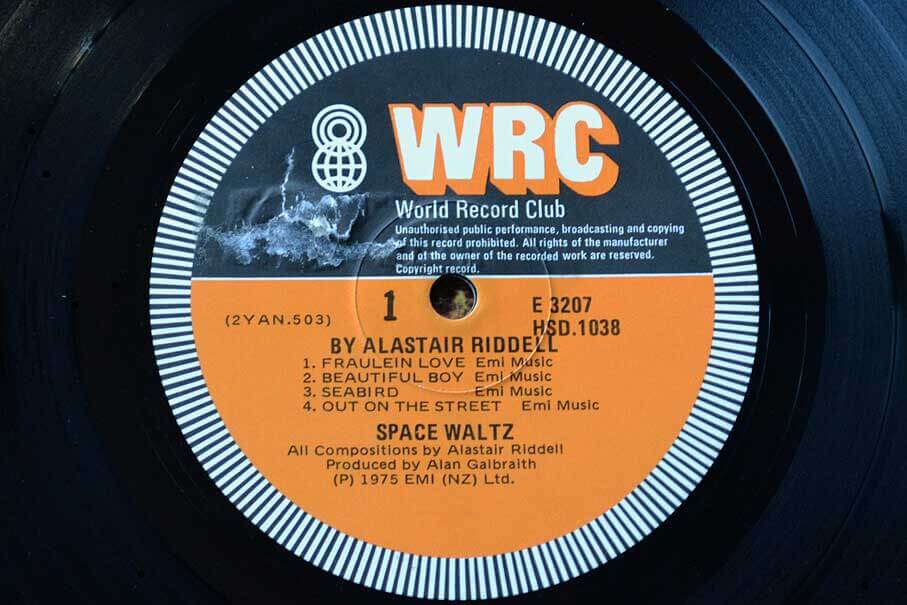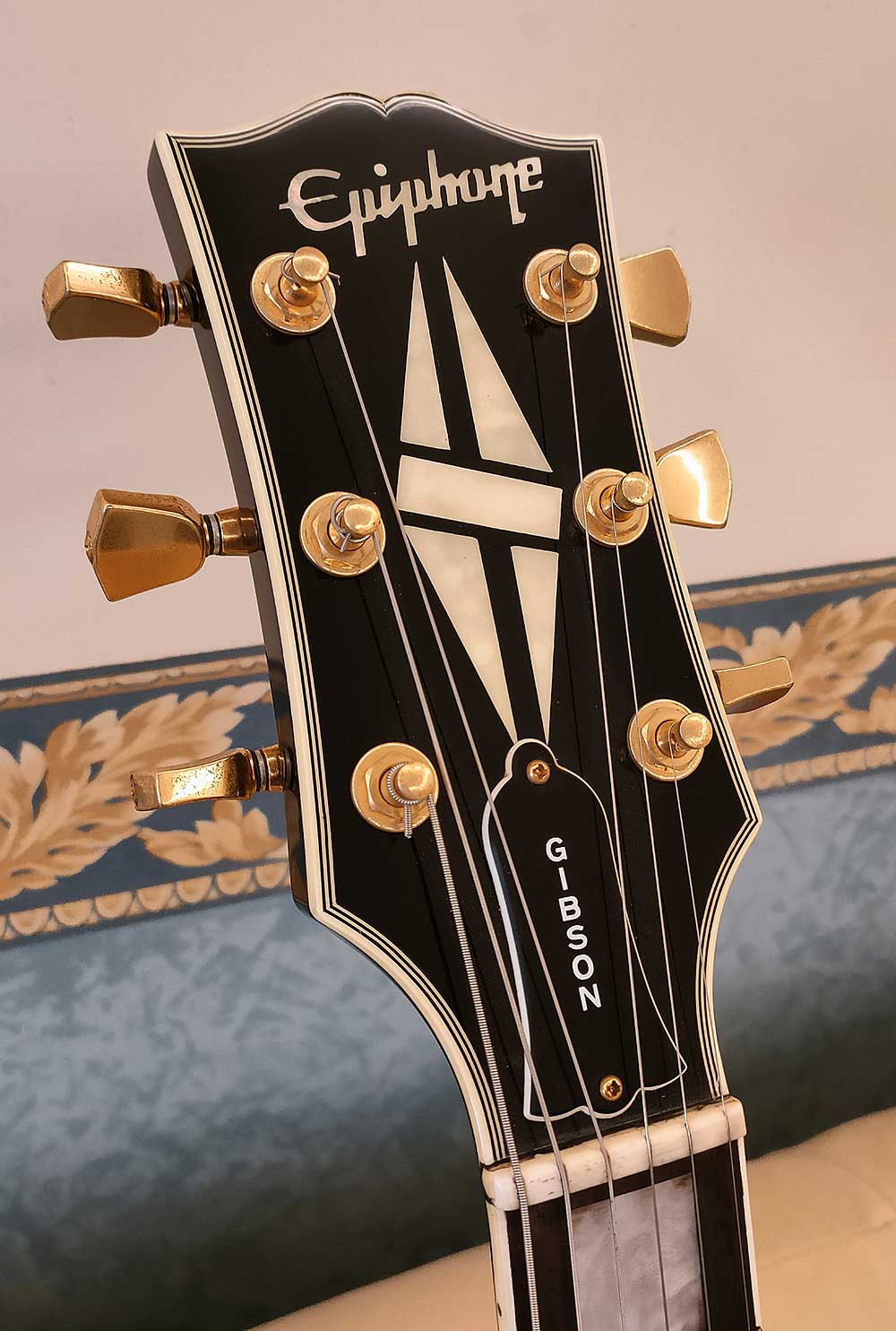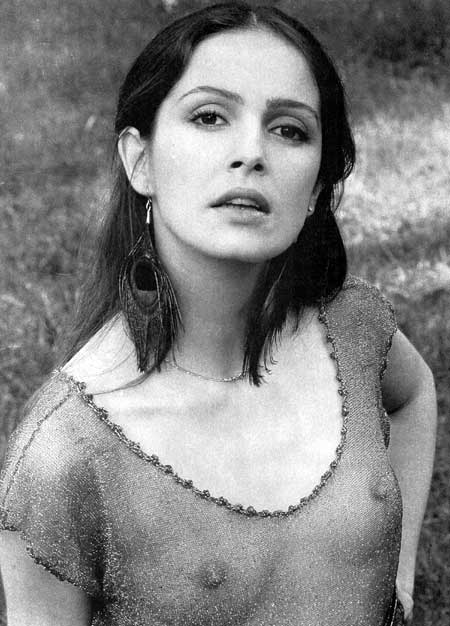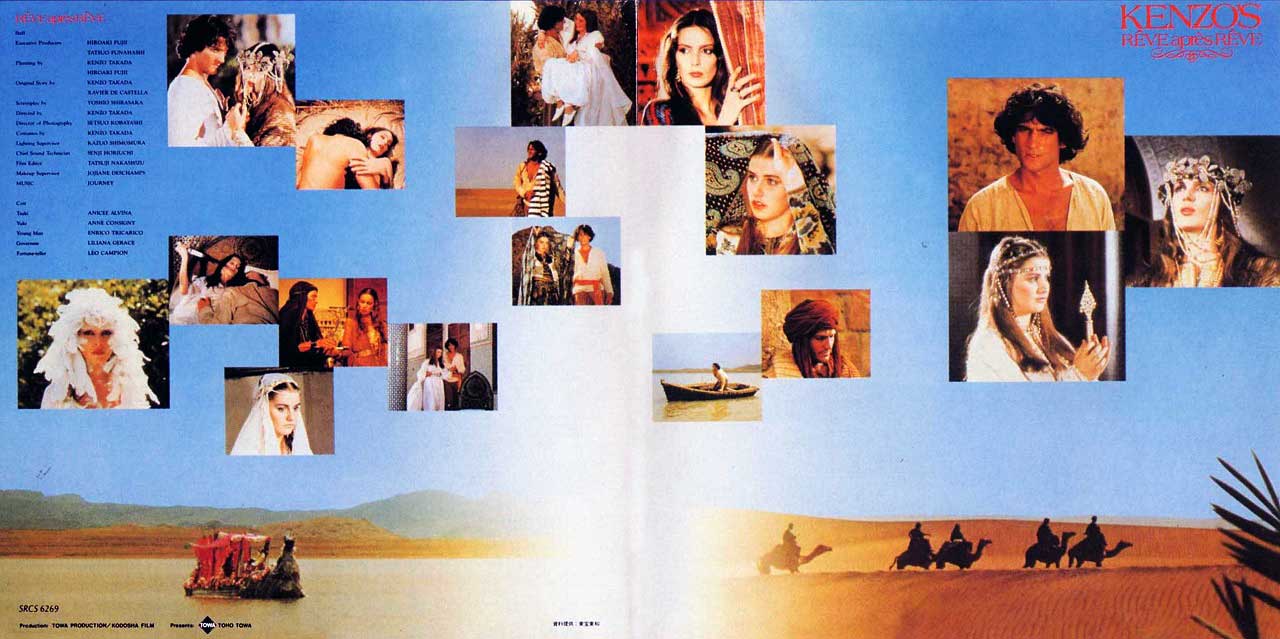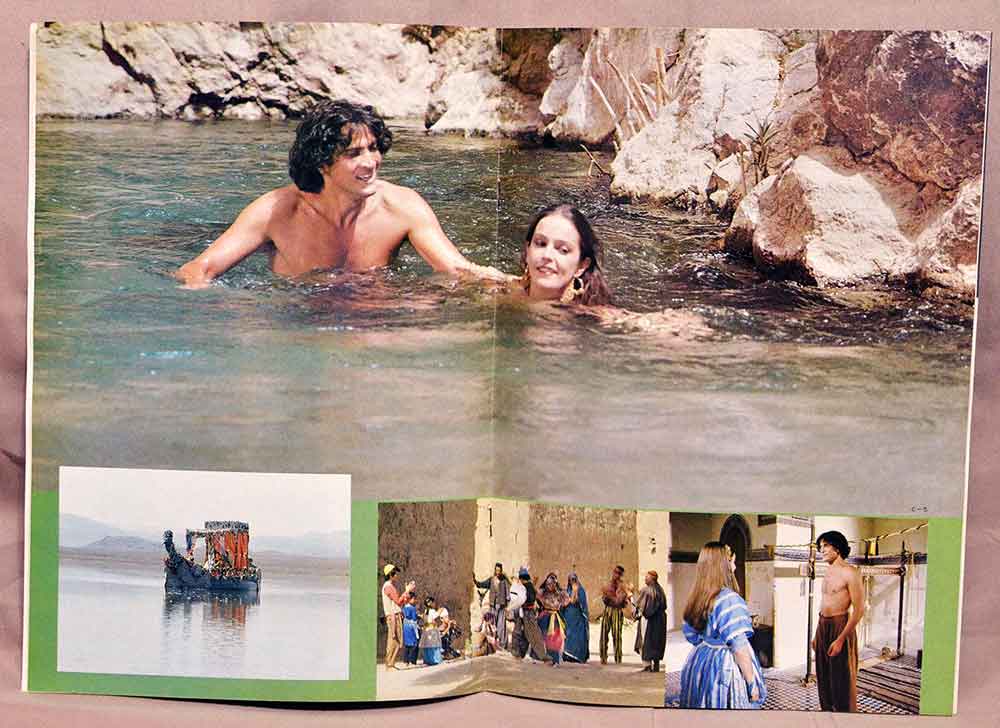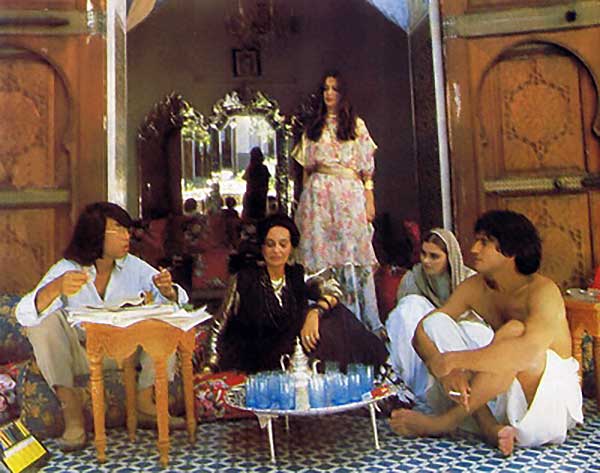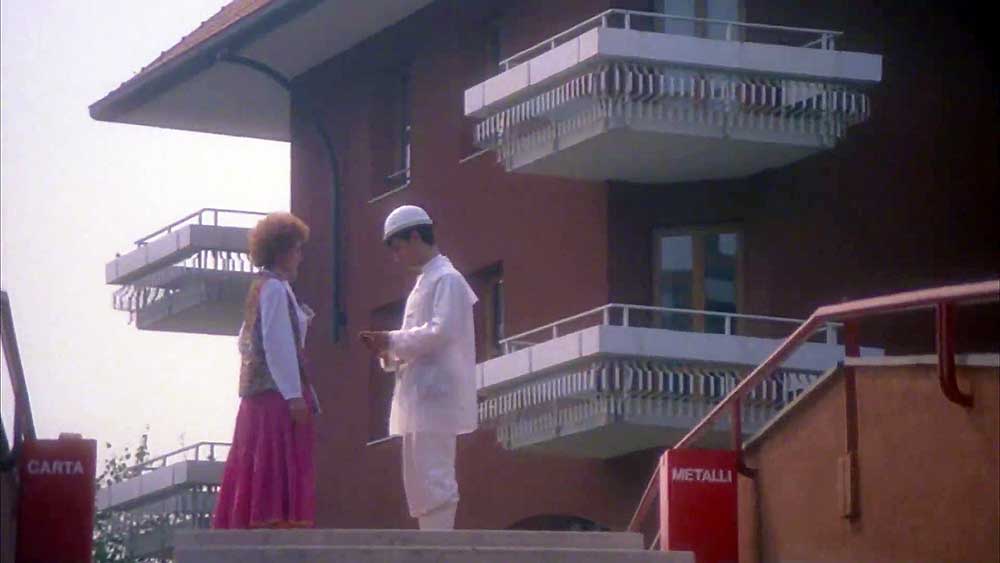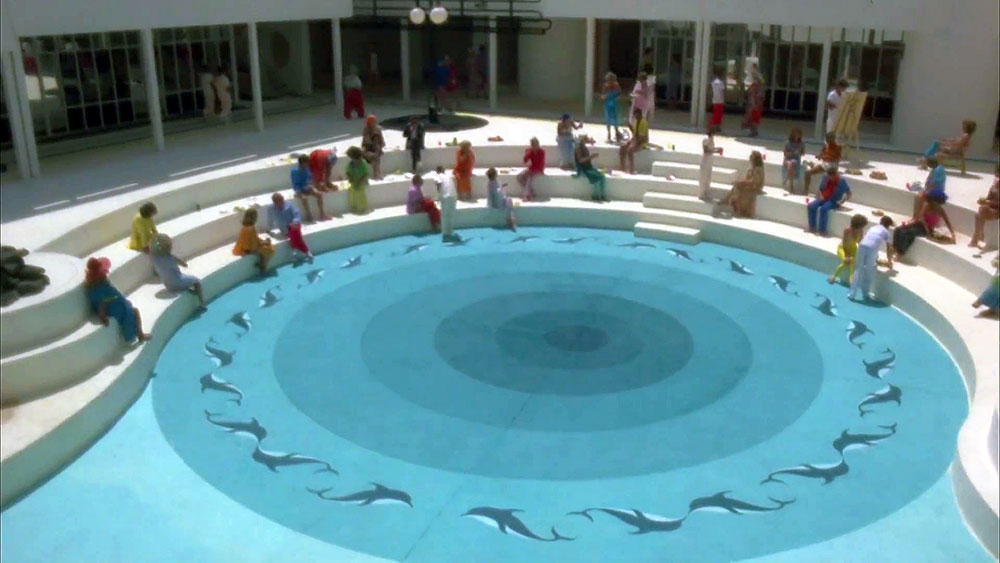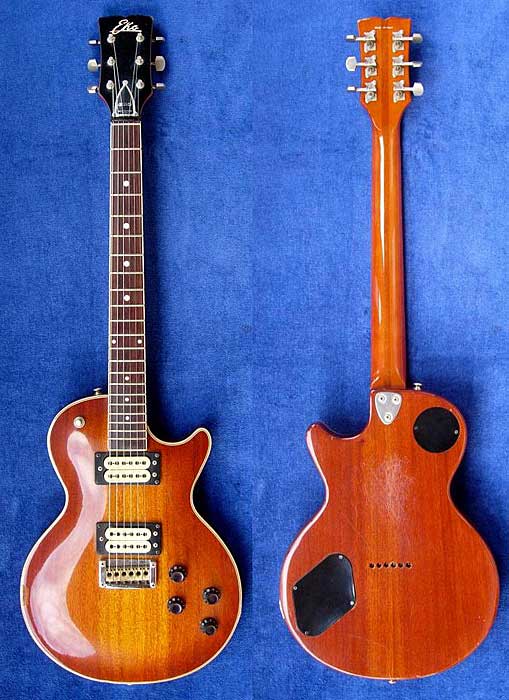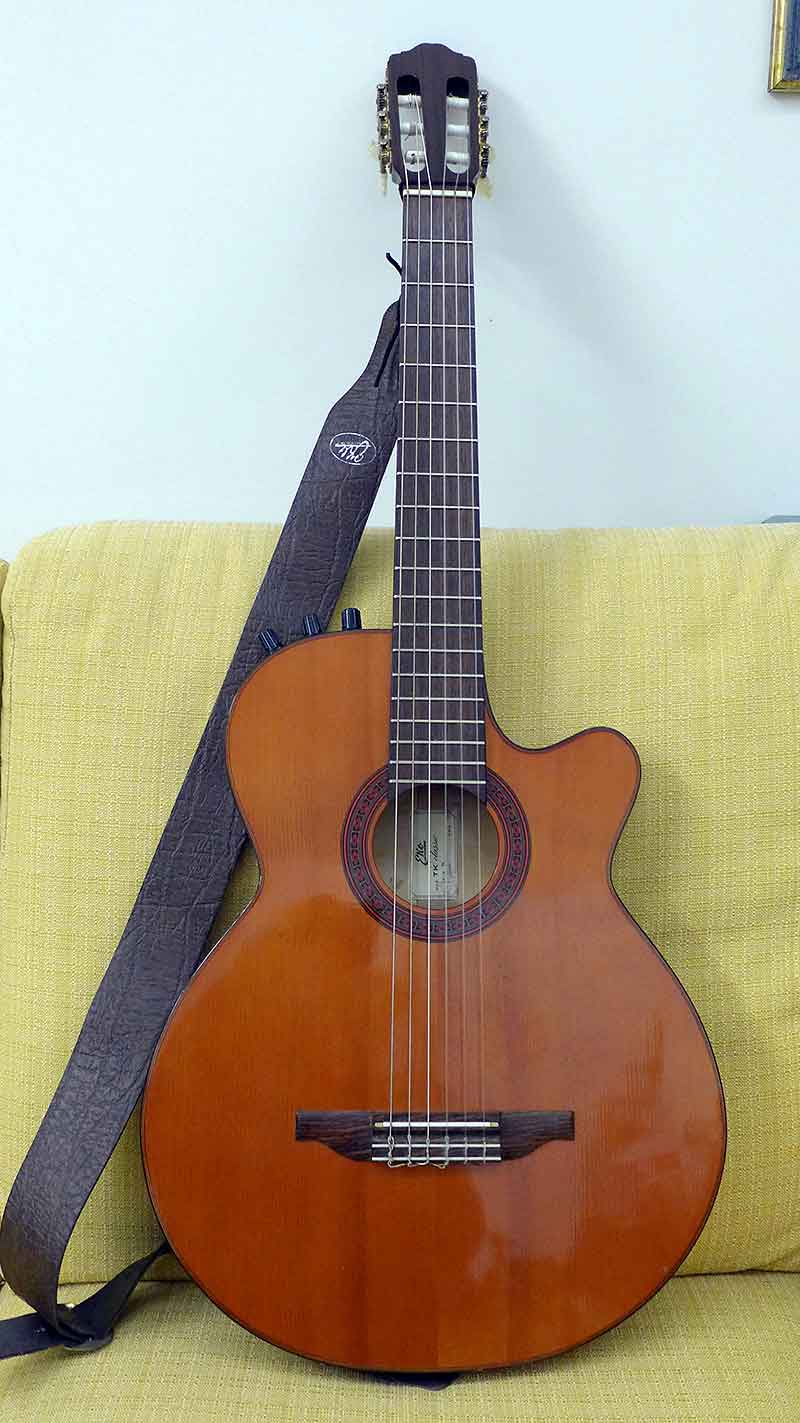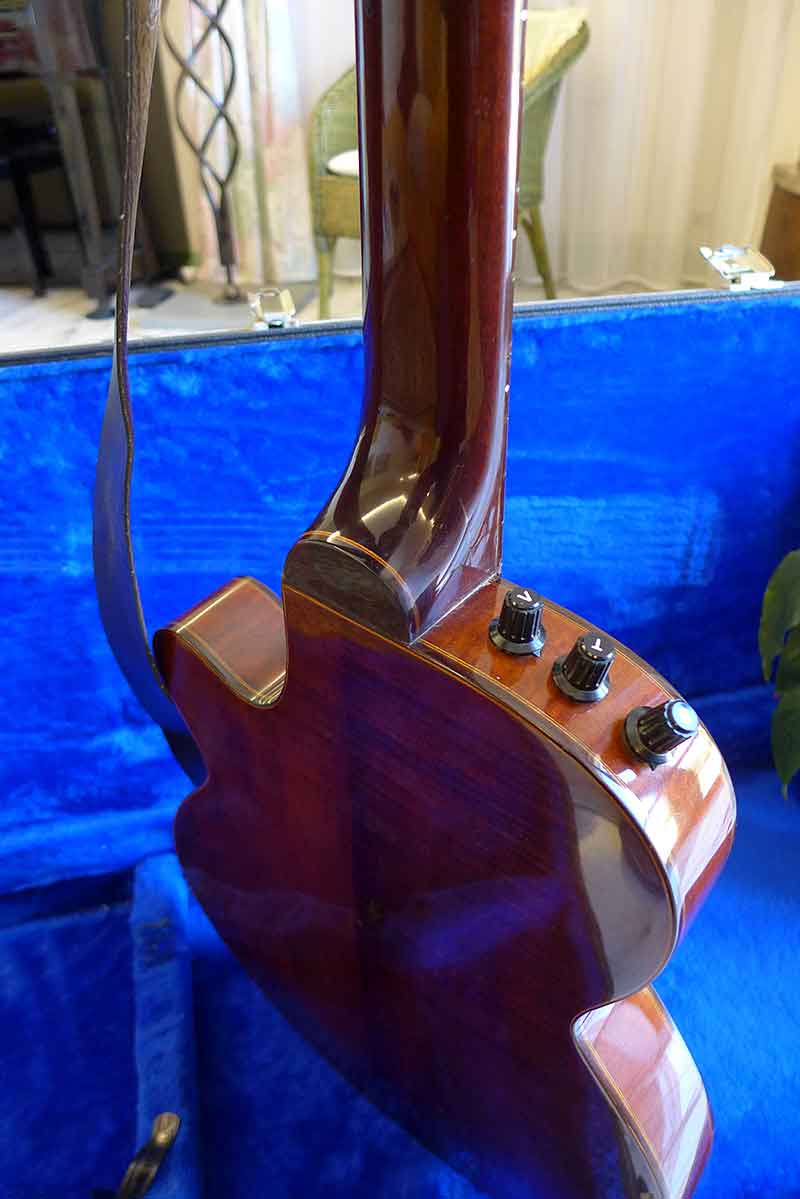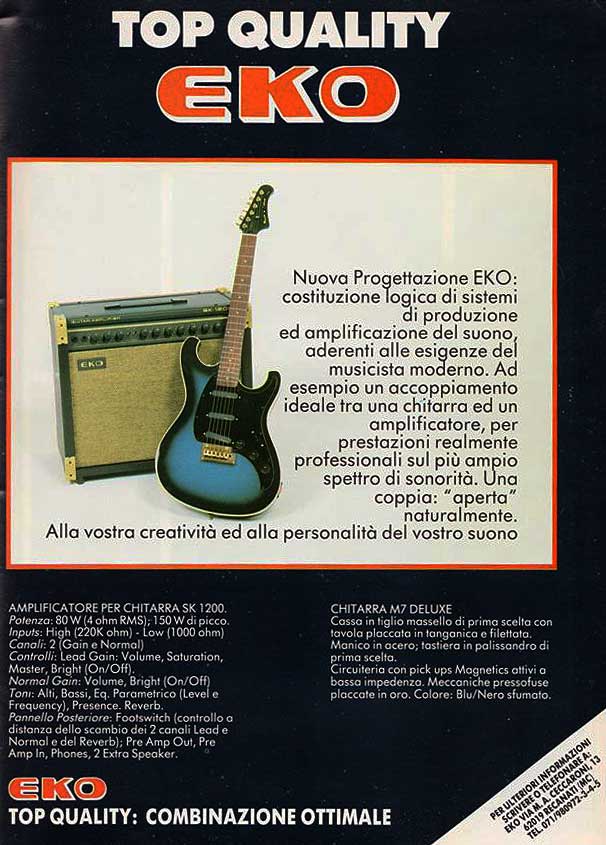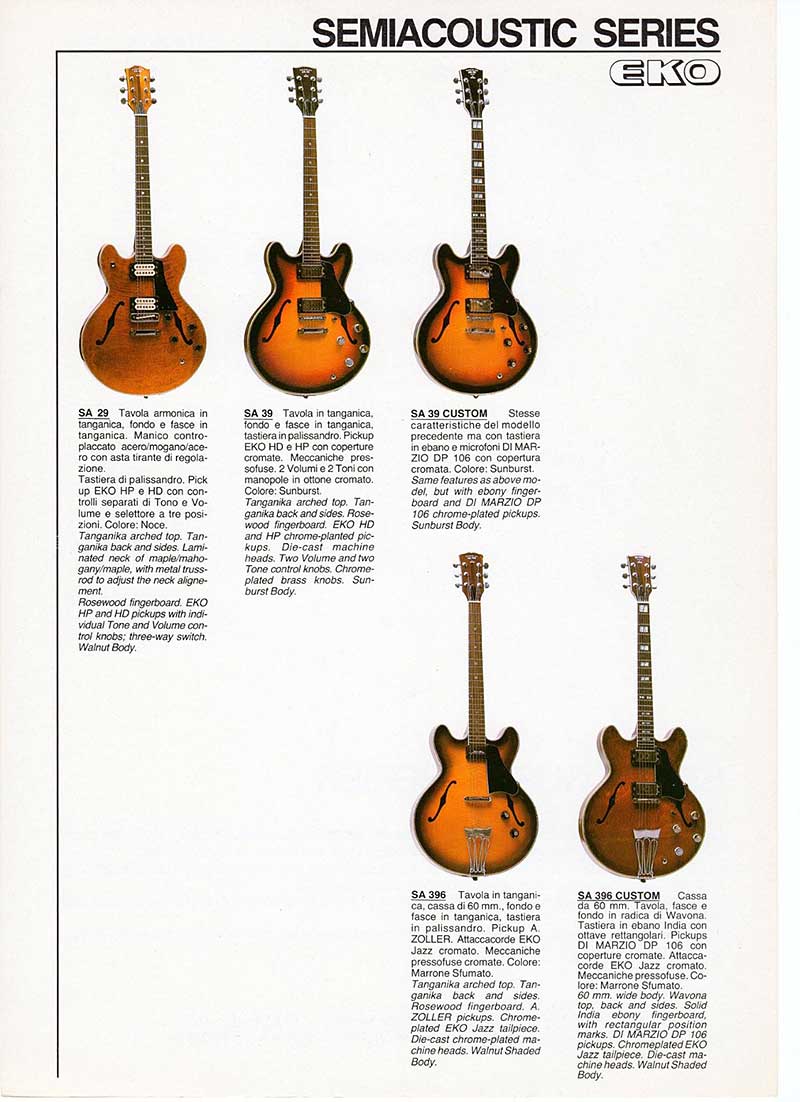
”It was 1979 when The Clonus Horror was released in theaters, that little unknown film from which the much more famous "The Island" was cloned.
The Boss
It was 1979 when The Clonus Horror was released in theaters, that little unknown film from which the much more famous “The Island” was cloned.
Nothing particularly striking, a dystopian film certainly more dramatic and less Hollywood than its “clone”, as it was in the style of the times.
But the message is there and it is hard and direct in the face: the rich are procuring spare parts for their human “carcasses”.
SPOILER starts:
The film takes place in an isolated desert facility called Clonus, where clones are bred to be used as spare parts for the elite, including President Jeffrey Knight.
The clones are living isolated from the real world and looked after by the colony workers, but promised they will move to “America” after some steps of physical training will be completed.
After a group of clones is chosen to go to “America”, a farewell party is organized with all their fellow clones. The chosen clones are then taken to a laboratory where they are sedated, stuffed into an airtight plastic bag and frozen to preserve their organs until the moment of “donation”.
The story stars clone Richard who begins to have doubts and questions about his existence and eventually flees the colony. Pursued by the Clonus watch guards, Richard escapes to a nearby town.
The clone is found by a retired reporter, Jake Noble who takes it to his boss, Richard Knight, who appears to be Jeffrey Knight’s brother. The Knights discuss what to do with the clone (which turns out to have been secretly commissioned by Jeffrey for himself).
Following an altercation, Richard’s clone returns to the colony to be reunited with his sweetheart, Lena (Paulette Breen). With horror, the clone discovers that the girl has been lobotomized by the managers of Clonus. She had used it as bait to trap him. Once the clone is captured, they kill and freeze it.
Meanwhile, the Clonus sends killers to kill Richard Knight, his son and the Nobles. Jeffrey Knight is stabbed in the chest in the fight with his brother, but the next day, as if nothing had happened, he attends a press conference, where he will remain “frozen” to discover that Noble, before his death, had managed to spread a secret tape to the media. exhibiting the Clonus project.
The final shot shows Richard’s frozen corpse with his chest ripped open and a tear of ice falling from his eye.
Anyone who has had the opportunity to watch The Island will notice that it is the same film with a different ending and an extremely lower budget available.
Sadly enough, the much-admired Michael Bay has never stated that he was highly “inspired” by Clonus to make “his” film but beyond this, the very worrying thing is the absolute credibility of Clonus compared to the fantasy and edulcorated Hollywood version of Bay, in which all the typical bitter realism of the 70s dystopia classics has been lost.
Films like this and the previous “Coma”, made by Michael Crichton only the year before, clearly highlight the danger of organ predation following accidents that too often and too quickly are declared “fatal”.
Furthermore, the cases of the theft of organs sold on the black market and of the kidnapping of children carried out by international criminals in the midst of poor and easily forgotten populations are well known.
Obviously, the first real culprit is whoever commissions these thefts, beings to be pursued and punished without the slightest mercy.
THE MOVIE THE CLONUS HORROR
“Parts: The Clonus Horror” (Usa 1979) by Robert S. Fiveson
| Directed by | Robert S. Fiveson |
|---|---|
| Written by | Bob Sullivan (story) Bob Sullivan and Ron Smith (screenplay) Myrl A. Schreibman and Robert S. Fiveson (adaptation) |
| Produced by | Robert S. Fiveson Myrl A. Schreibman |
| Starring | Tim Donnelly Paulette Breen Dick Sargent Peter Graves Keenan Wynn Frank Ashmore |
| Cinematography | Max Beaufort |
| Edited by | Robert Gordon |
| Music by | Hod David Schudson |
| Distributed by | Group 1 International Distribution Organization Ltd. |
| Release date | August 1979 (U.S.) |
| Running time | 90 minutes |



